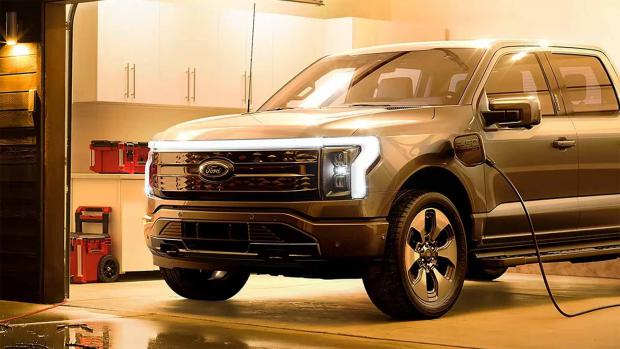
Breaking News
 Alex Jones Answers The Question: Is President Trump Preparing To Plunge America Into Martial Law?!
Alex Jones Answers The Question: Is President Trump Preparing To Plunge America Into Martial Law?!
 JUST IN: Texas Target Shooter Identified - Three People Fatally Shot, Including Child
JUST IN: Texas Target Shooter Identified - Three People Fatally Shot, Including Child
 Dana White Announces the White House Will Host a UFC Cage Fight
Dana White Announces the White House Will Host a UFC Cage Fight
 Texas Senate Officially PASSES New Congressional Map - Democrats STORM OUT in Protest (VIDEO)
Texas Senate Officially PASSES New Congressional Map - Democrats STORM OUT in Protest (VIDEO)
Top Tech News
 3D printing set to slash nuclear plant build times & costs
3D printing set to slash nuclear plant build times & costs
 You can design the wheels for NASA's next moon vehicle with the 'Rock and Roll Challenge
You can design the wheels for NASA's next moon vehicle with the 'Rock and Roll Challenge
 'Robot skin' beats human reflexes, transforms grip with fabric-powered touch
'Robot skin' beats human reflexes, transforms grip with fabric-powered touch
 World's first nuclear fusion plant being built in US to power Microsoft data centers
World's first nuclear fusion plant being built in US to power Microsoft data centers
 The mitochondria are more than just the "powerhouse of the cell" – they initiate immune...
The mitochondria are more than just the "powerhouse of the cell" – they initiate immune...
 Historic Aviation Engine Advance to Unlock Hypersonic Mach 10 Planes
Historic Aviation Engine Advance to Unlock Hypersonic Mach 10 Planes
 OpenAI CEO Sam Altman Pitches Eyeball-Scanning World ID to Bankers
OpenAI CEO Sam Altman Pitches Eyeball-Scanning World ID to Bankers
 New 3D-printed titanium alloy is stronger and cheaper than ever before
New 3D-printed titanium alloy is stronger and cheaper than ever before
 What is Unitree's new $6,000 humanoid robot good for?
What is Unitree's new $6,000 humanoid robot good for?
 "No CGI, No AI, Pure Engineering": Watch Raw Footage Of 'Star Wars'-Style Speeder
"No CGI, No AI, Pure Engineering": Watch Raw Footage Of 'Star Wars'-Style Speeder
It's Not A Slate. Ford's $30,000 Electric Pickup Truck Won't Be Stripped-Out

Ford's EV revolution starts with a small pickup truck with a targeted base price of $30,000 when it goes on sale in 2027. This, of course, brings to mind the coming Slate Truck, which had a $20,000 price target before but the Trump Administration's ending of Federal EV incentives and tariffs ended that dream. Slate's truck is very pared-back, a modern take on an old-school pickup without standard power windows or an infotainment system. Ford's truck won't be the same.
"This is not going to be a stripped-down, old-school vehicle as a path to low cost," said Ford's EV chief Doug Field at an event announcing the truck today. He didn't elaborate on that point any further, but it's clear he's talking about the Slate here, a truck that makes a point of being back-to-basics. Field confirmed that the truck would have Ford's hands-free BlueCruise driver-assist system.
The way Ford is aiming to make such a low-cost EV profitable is through various efficiencies through better aerodynamics, lower rolling resistance, and a lighter, simpler set of components. Ford will build cars on its new Universal EV Platform introduced today, unlike any other cars, with three parallel lines that come together at the end for a complete vehicle. Ford is also using Tesla-style castings, which it calls "unicastings."
The new truck will also use a small LFP battery made in the U.S.
Ford very much presented itself as having its back up against the wall with EVs, especially with competition from Chinese automakers, but also startups like Slate and Rivian. It thinks it has a key advantage in introducing this radical new assembly process for this new platform, but also with its century-plus industrial experience.
So, it's safe to assume Ford's coming pickup will have power windows.



